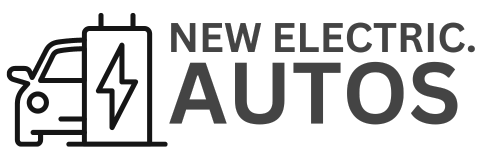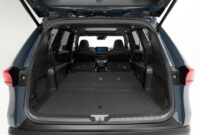The General Directorate of Traffic faces, as every year, the Christmas festivities. And as is customary on these dates, since the traditional company and friends dinners begin, and continue with the most important festivities, The DGT has started a special campaign to monitor alcohol consumptionwith the aim of sanctioning risk behaviors, under its “zero tolerance” plan and, above all, to discourage drivers from engaging in these actions that hinder road safety.
This will be the first Christmas with zero alcohol ratea measure introduced in the latest reform of the Law on Traffic and Road Safety and in application since March 21. And a rule that applies specifically to minors.
So this is a good time to remember some aspects of special importance regarding the rules that prohibit the consumption of alcohol behind the wheel, how breathalyzer controls are established and why the only safe option is not to drive. any vehicle under the influence of alcohol.
The DGT campaign and the zero rate of alcohol
As we told you, the zero rate of alcohol is a rule introduced in section 1 of article 14 of the Law on Traffic and Road Safety, which applies to minor drivers, and in force since March 2022.
1. The driver of any vehicle with alcohol levels higher than those determined by law may not circulate on the roads subject to this Law. In no case may the underage driver drive on the roads with a blood alcohol level greater than 0 grams per liter. or alcohol in expired air greater than 0 milligrams per liter
Minors are not authorized to drive cars. But it is important to remember that this rule also applies to all those vehicles that a minor can drive, which includes mopeds, quadricycles, bicycles and personal mobility vehicles, such as electric scooters.
For those of legal age, the general rate of 0.5 g/liter in blood and 0.25 mg/liter in exhaled air continues to apply., after which the driver will be sanctioned (with a fine between €500 and €1.00 and the withdrawal of between 4 and 6 points from the license). In any case, The DGT continues to warn that the only safe rate is 0.0%.
DGT controls at any time and any type of vehicle
It is important to remember that Traffic breathalyzer controls are no longer only established at night and in “hot” areas, close to nightlife. Especially on these dates controls are carried out at any time, in different places – also in city centers – and not only car drivers are monitored.
They are increasingly common controls in the center of the cities in which users of bicycles, shared vehicles of all kinds are also monitored (including light quadricycles and electric motorcycles) and electric scooters. In these types of vehicles, which can also be driven by minors, the zero rate of alcohol in force since March applies.
DGT maximum alcohol rates
| drivers | limit in blood | Limit in expired air |
|---|---|---|
| minors | 0.0g/liter | 0.0mg/liter |
| General | 0.5g/liter | 0.25mg/liter |
| Professionals | 0.3g/liter | 0.15mg/liter |
| Novices | 0.3g/liter | 0.15mg/liter |
DGT fines for alcohol
| alcohol rate | Sanction |
|---|---|
| More than 0.25 mg/liter and up to 0.5 mg/liter (and 0.0 for minors) | 500 euros and 4 points |
| More than 0.5 mg/liter | 1,000 euros and 6 points |
| repeat offenders | 1,000 euros and 4 or 6 points (depending on the alcohol rate) |
vial security felony
- Rates higher than 0.6 mg/liter in blood and 1.2 g/liter in air: Imprisonment from 1 to 6 months, or a fine from 6 to 12 months, or work for the benefit of the community from 30 to 90 days. Deprivation of the right to drive from one to four years.
- Driving under the presence of other drugs: Imprisonment from 1 to 6 months, or a fine from 6 to 12 months, or work for the benefit of the community from 30 to 90 days. Deprivation of the right to drive from one to four years.
- Refusal to submit to tests: Imprisonment from six months to one year and deprivation of the right to drive from one to four years.






